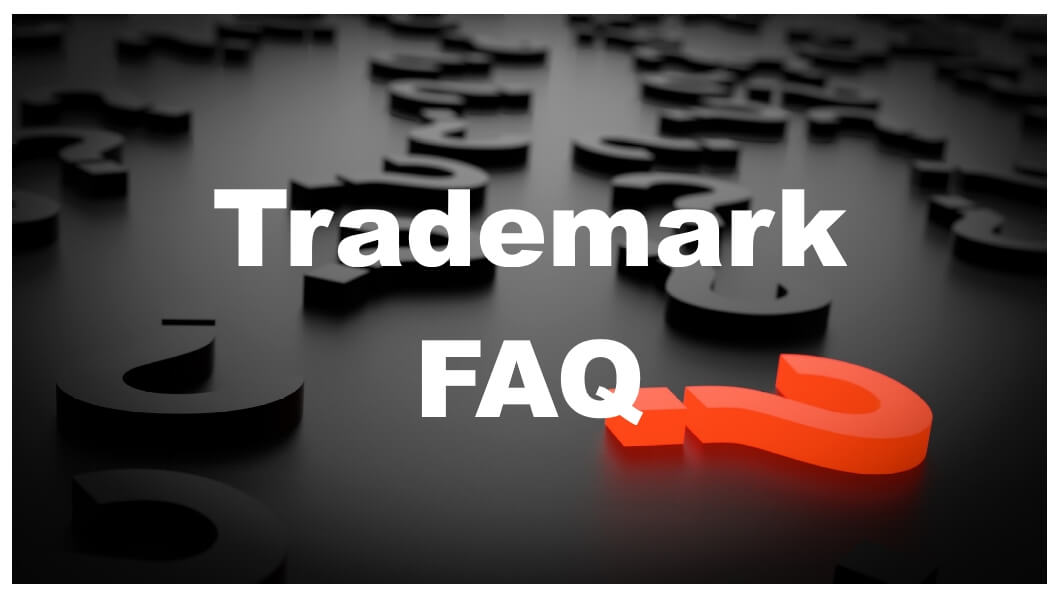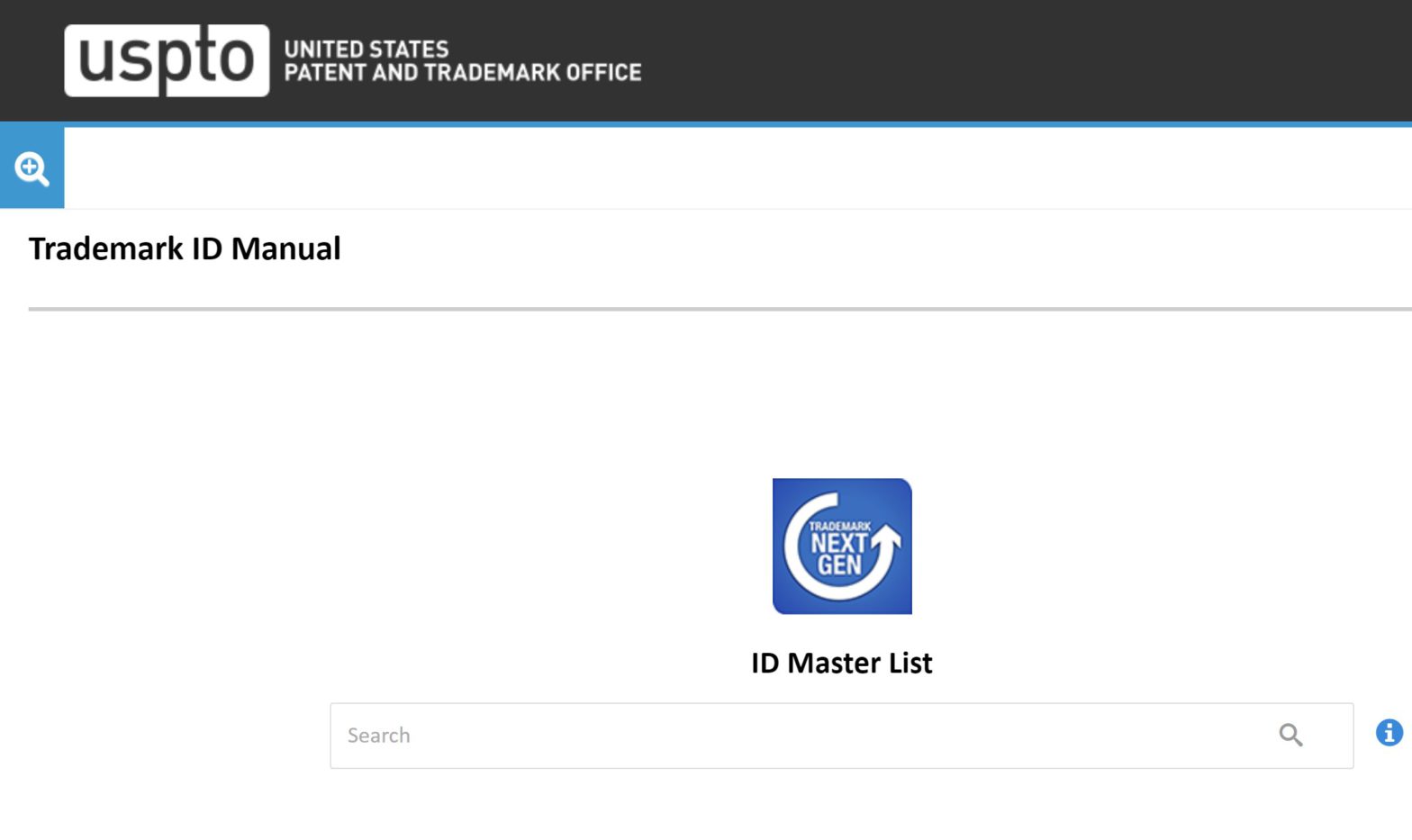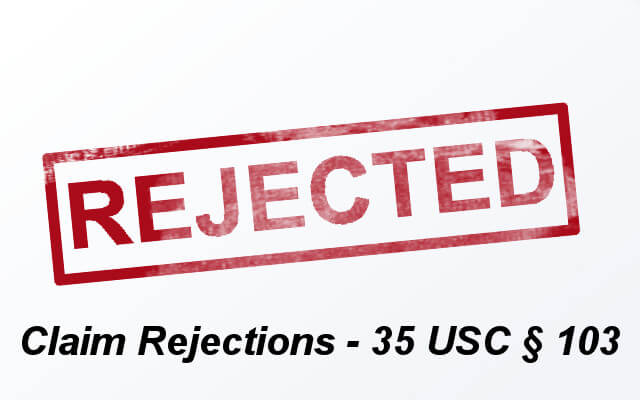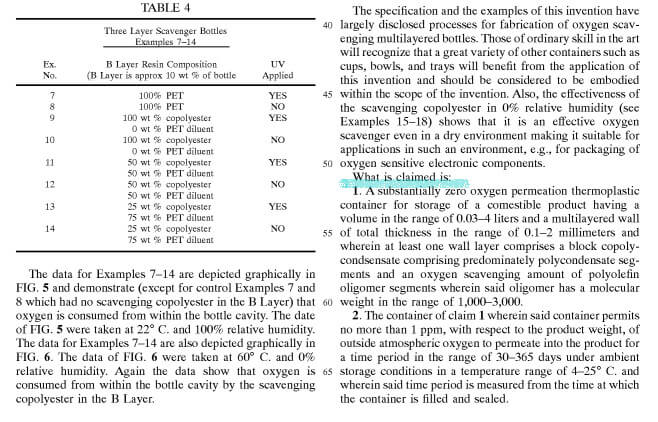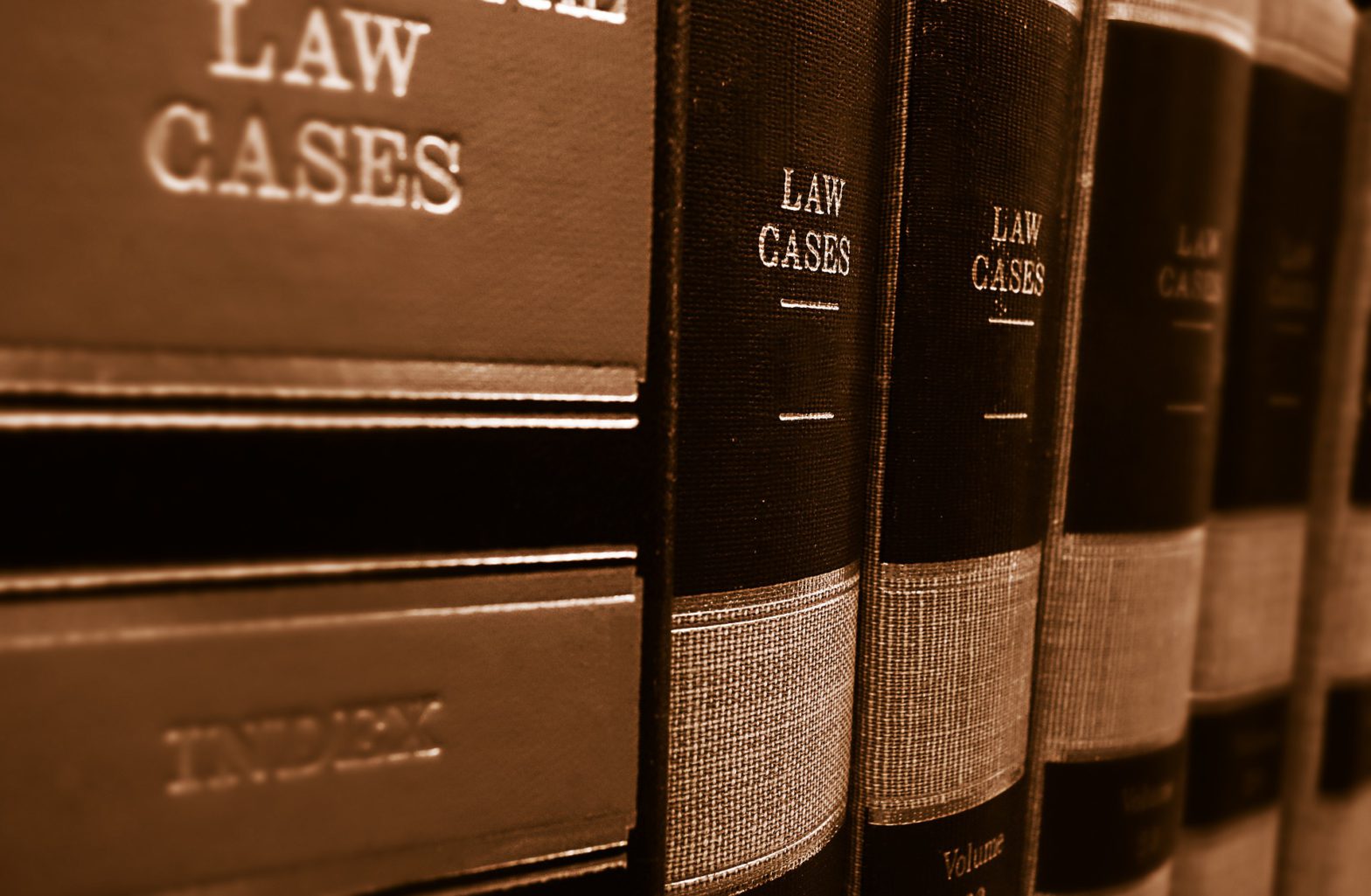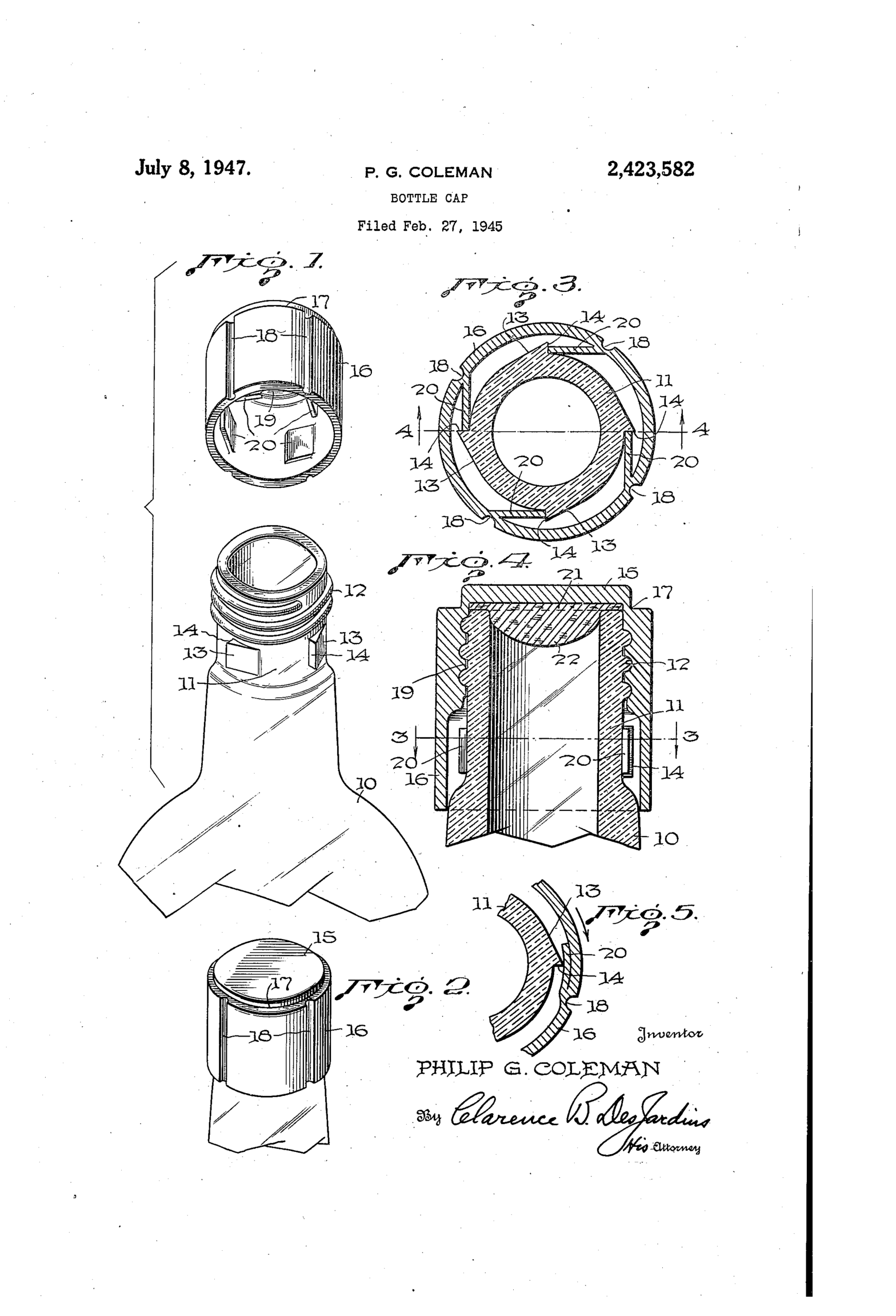Amazon’s IP Accelerator Program (hereinafter “IPAP”) allows sellers to use Amazon Brand Registry as soon as they file for a trademark application with the USPTO. Typically, registration takes 6-9 months, so this is an exciting program for Amazon sellers.
Category: Intellectual Property
How IPfever works: the Real Cost of Getting a Trademark
If you’ve reached this article, you’re very likely mindful about those dubious online trademark services. They’re low cost, and they tend to have bad reviews on online communities like BBB and Yelp. Well, I’m not surprised. I’ve recently had a client who was charged for two international classes ($500 in USPTO fees), but for only… Continue reading How IPfever works: the Real Cost of Getting a Trademark
Acceptable identifications of goods and services
There are good reasons you should stick to the Trademark ID Manual when you describe your goods and services in your trademark application. Picking one outside Trademark ID Manual not only cost you more but also may delay the registration process. Why is the description important? First, you need to understand there are two different… Continue reading Acceptable identifications of goods and services
TM Int. Classes (11-2018)
Class 1 Chemicals for use in industry, science and photography, as well as in agriculture, horticulture and forestry; unprocessed artificial resins, unprocessed plastics; fire extinguishing and fire prevention compositions; tempering and soldering preparations; substances for tanning animal skins and hides; adhesives for use in industry; putties and other paste fillers; compost, manures, fertilizers; biological preparations… Continue reading TM Int. Classes (11-2018)
Online Trademark Services: Good or Bad?
Let’s talk about filing a TM application without any help first. There is no doubt that any US person, including legal entity having address in the U.S., can file a trademark application without absolutely no help.
Patent Obviousness Rejection Explained
Obviousness is a very common reason for rejection. A grant of patent without a single rejection is quite uncommon. One of the reason is that most applicants want to claim broadest possible for the greatest protection of law. Broadening the scope of claims. To maximize the scope of your claim, you don’t want to include unnecessary details in your claim.… Continue reading Patent Obviousness Rejection Explained
How to Write a Patent Application: Specification
Patent Specification in your application is the body of your application. Your patent claims will be read in the context of the specification. Therefore, the specification should include all the information necessary to figure out what you claimed in your patent claim(s). Roughly speaking, it should be an all-inclusive manual for your invention. It’s part of the deal you’re making with the… Continue reading How to Write a Patent Application: Specification
How to Write a Patent Application: Claims
Patent claim in your application defines your invention. And it will determine the scope of your legal rights. In other words, it will tell the others what can be done and cannot be done without infringing your patent right. Read the claims written by professionals. By the time you start drafting your application, you probably read at least a number… Continue reading How to Write a Patent Application: Claims
Why getting patent so expensive?
It doesn’t have to be so expensive. It’s just that the law firms, boutiques, or their likes practicing patent law are focused on serving bigger mostly corporate clients rather than individual inventors. When it comes to an invention which is more about an idea and less about technology, you don’t need PhDs spending hours reviewing… Continue reading Why getting patent so expensive?
Utility vs. Design Patent
Actually there are more than one type of patent. There’s utility patent, which is basically what you think patent is. And there’s design patent, which is somewhat unpopular but got the attention when Apple sued Samsung for infringing its design patent. These two types likely cover all your needs. If you want to protect the… Continue reading Utility vs. Design Patent


